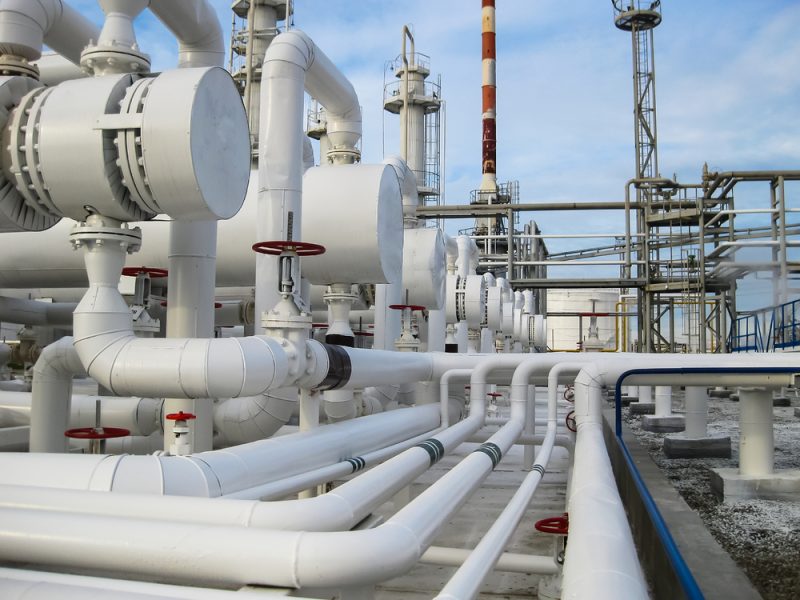Consumption changes cause distillate inventory seasonal swings to stabilize

As consumption patterns of distillate have shifted away from use as heating fuel and toward use as a transportation fuel, the typical seasonal swings in distillate inventories have dissipated.
While previously used as a home heating fuel, distillate today is mainly used in both light- and heavy-duty vehicles for on-highway transportation. It is also used as a fuel for certain industrial processes, agriculture, and farming and, more rarely, as a fuel for electricity generation.
Use of distillate in the U.S. grew from 2.9 million barrels per day (b/d) in 1985 to 4.0 million b/d in 2015. During the same period, the percentage of distillate used by homes and businesses for heating declined from 28 percent in 1985 to 11 percent in 2015. On-highway distillate use, however, increased from 40 percent to
64 percent from 1985 to 2015.
On the East Coast, the proportion of residential and commercial distillate use fell from 50 percent in 1985 to 27 percent in 2015, while the share of on-highway transportation use increased from 32 percent to 58 percent.
Regulations limiting the amount of sulfur in distillate fuels have also affected seasonal inventories. Between 2006 and 2010, federal and state agencies transitioned on-highway diesel fuel to the ultra-low sulfur diesel (ULSD) specification. Beginning in 2012, several northeastern states lowered the amount of sulfur allowed in heating oil to ultra-low sulfur diesel. In 2013, the NYMEX heating oil futures contract changed to the ULSD specification.
This created a common distillate product that can be used for both heating and transportation and does not require separate storage and handling facilities.
Because of these changes, the seasonality of distillate demand has significantly decreased. For the first time in the winter of 2008 to 2009, distillate inventories increased over the October-to-March period. This trend has continued for three of the last five heating seasons.
